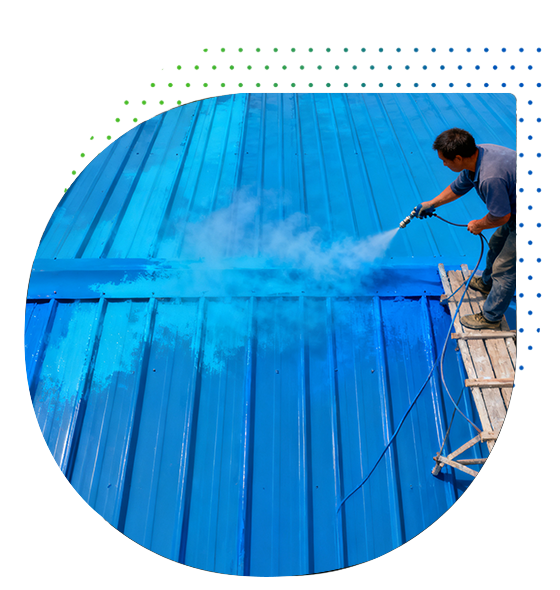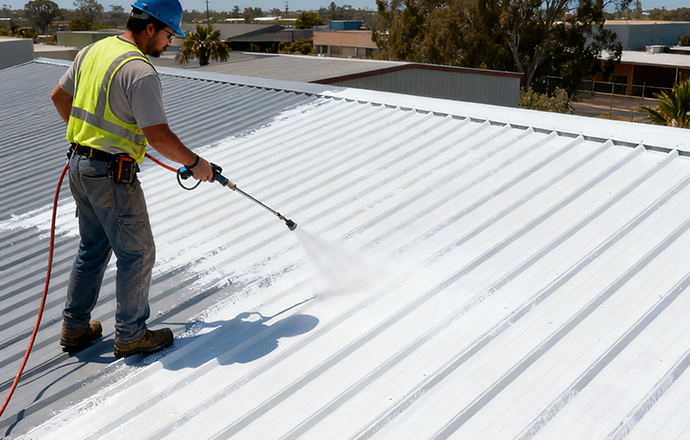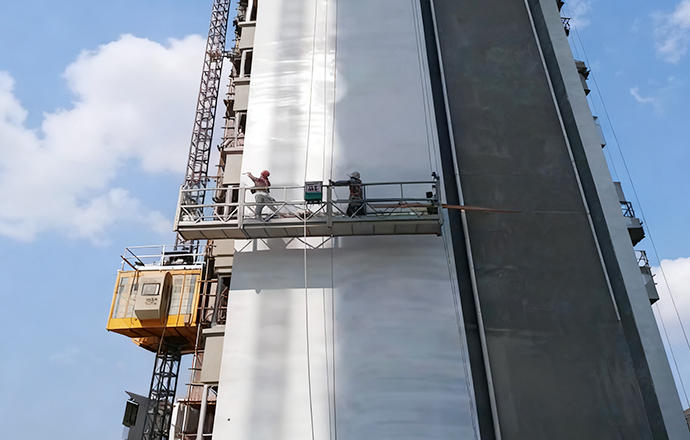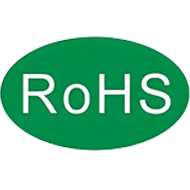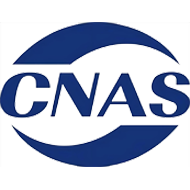High Environmental Pressure:
Traditional solvent-based coatings have high VOC (volatile organic compounds) emissions and face strict environmental regulations. Companies need to accelerate the development of water-based, low-VOC, or solvent-free coatings.
Raw Material Price Fluctuations:
Prices of key raw materials such as resins, pigments, solvents, and additives are highly volatile, directly affecting production costs and profit margins.
Severe Product Homogenization:
Many coating products on the market are similar in function and performance, resulting in intense price competition and low brand loyalty.
Insufficient Technological Innovation:
Some companies invest little in R&D, lacking new functional coatings (e.g., high-reflective heat-insulating, high-temperature resistant, nanocoatings), making it difficult to meet emerging market demands.
Application and Construction Issues:
During application, problems such as poor adhesion, slow drying, cracking, or bubbling may occur, affecting performance and customer satisfaction.
High ammonia nitrogen and nitrate nitrogen content:
Industry standards, testing methods, and certification systems are still limited. Small and medium-sized enterprises often struggle with strict quality control, leading to uneven product quality.
High Compliance Costs:
To meet environmental requirements, companies must invest in exhaust treatment equipment, water-based coating conversion, and testing systems, increasing production costs and technical barriers.
Market Competition and Channel Pressure:
Intense market competition and fragmented distribution channels, especially in small cities and regional markets, lead to high marketing, distribution, and brand-building costs with low efficiency.


